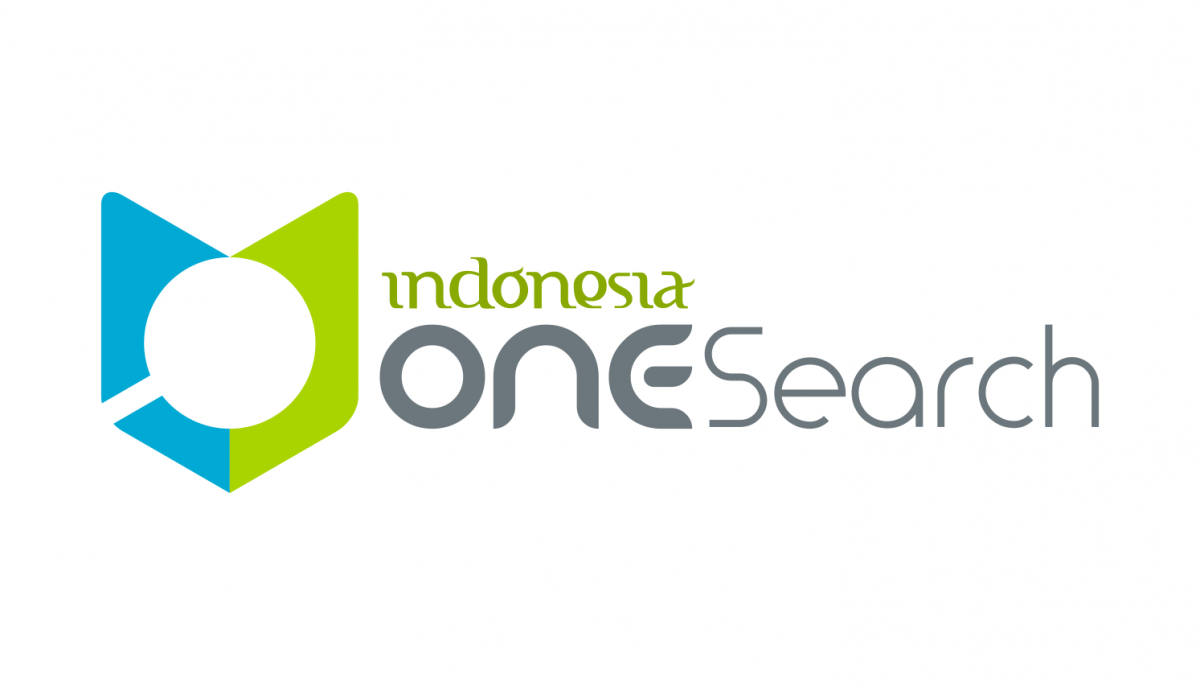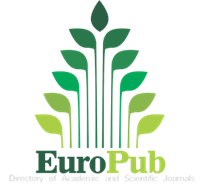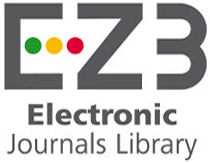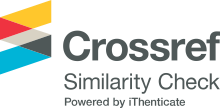Abstract
Background: Venous leg ulcer (VLU) is a chronic condition in the chronic venous insufficiency clinical spectrum. It’s becoming a burden because of its chronicity, slower wound healing, accumulated high cost, and treatment is a challenging task. Platelet-rich-fibrin (PRF) is one of the newer modalities available for treating VLU. Previous studies have shown successful results by using PRF in leg ulcers. We reported a case of venous leg ulcer treated with PRF.
Case Illustration: A 47-year-old male came with an ulcer on the lower left leg for one year. The ulcer was preceded with a reddish, tender nodule with a pustule, which then ruptured, resulting in a wound. There was intermittent pain at the lesion with a limb cramp. The patient had used compression stocking, leg elevation, normal saline compress, and topical antibiotics with no improvement. PRF was given for 12 weeks along with compression stocking and leg elevation, which resulted in a clinically improved lesion.
Discussion: Wound therapy has greatly improved over the past decades. The interest in the wound care field has led to advancements in biological products as one of its modalities. Platelet-rich-fibrin is an autologous platelet and leucocyte-rich fibrin material which forms an organized network where the platelets and leucocytes are concentrated, leading to the sustained release of various growth factors, and promoting wound healing. Previous studies have shown PRF to be effective and low-cost for VLU.
Conclusion: The use of PFR on VLU is an alternative method, low cost, and simple technique with good healing potential.
Recommended Citation
Rachmani, Karin; Suseno, Lis Surachmiati; and Ramadhiani, Mutiara
(2021)
"Platelet-rich-fibrin for venous leg ulcer therapy,"
Journal of General - Procedural Dermatology and Venereology Indonesia: Vol. 5:
Iss.
3, Article 5.
DOI: 10.19100/jdvi.v5i3.281
Available at:
https://scholarhub.ui.ac.id/jdvi/vol5/iss3/5
Included in
Dermatology Commons, Integumentary System Commons, Skin and Connective Tissue Diseases Commons






























